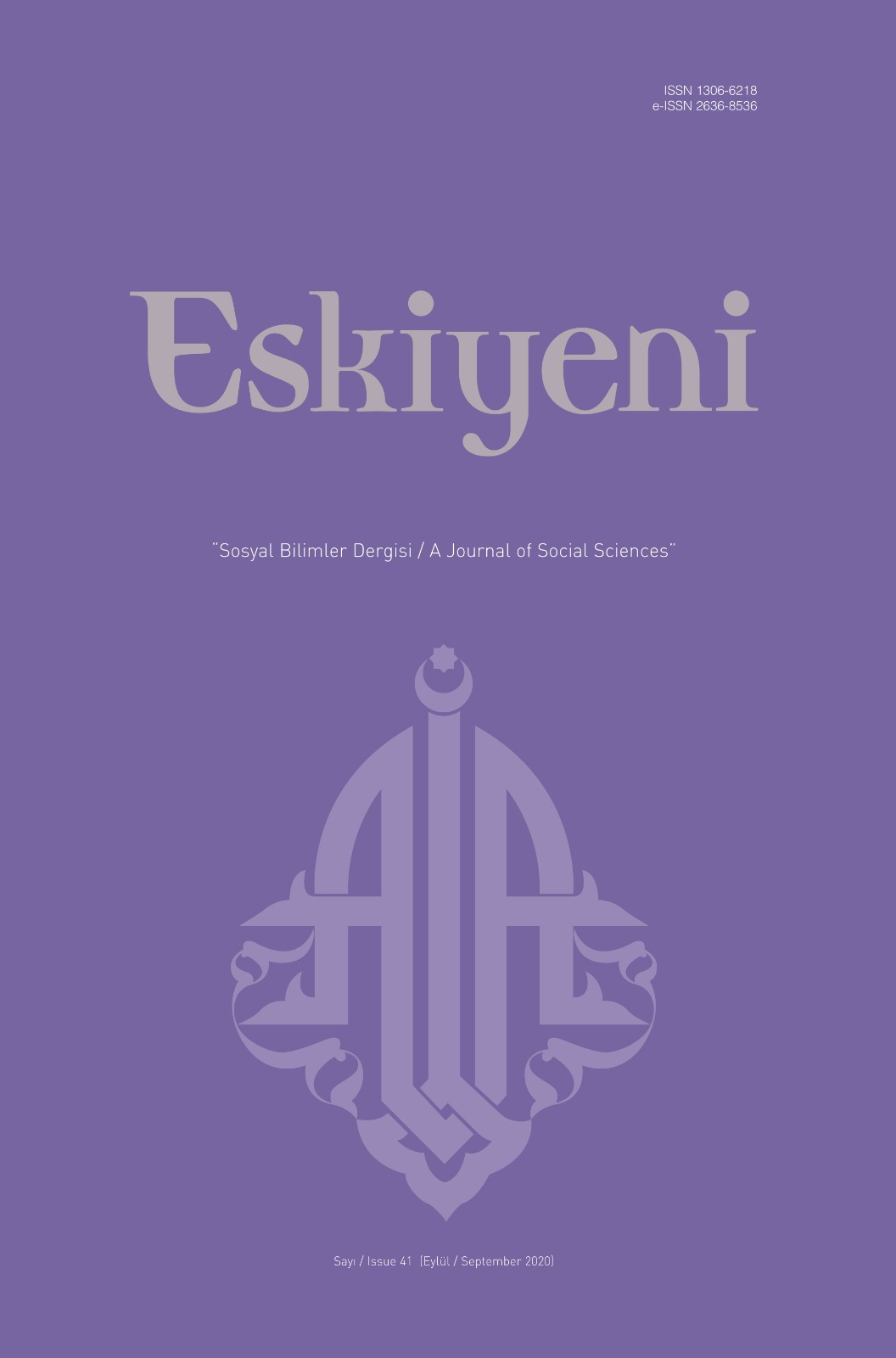Muhammed b. İbrahim’in Manzûm Şir’atü’l-İslam Tercümesi (Şir’a-i Manzûm)
Muhammad b. Ibrahim’s Poetic Shir‘at al-Islām Translation (Shir‘a-i Manzūm)
Author(s): Necati İşlerSubject(s): Islam studies, Turkish Literature
Published by: Anadolu İlahiyat Akademisi
Keywords: Turkish-Islāmic Literature; Shir‘a-i Manzūm; Tranlation of Shir‘at al-Islām; Muhammad b. Ibrahim; Imāmzādah; Ilmihal; Catechism; Religious Poetry; 15th and 16th Century;
Summary/Abstract: Muhammad b. Ibrahim is a poet who lived in the 15th and 16th centuries. His only work which we could reach is Shir‘a-i Manzūm. It was translated from Shir‘at al-Islām in-to Turkish in 911/1505. Shir‘at al-Islām is a book of ilmihal (catechism) and ethics writ-ten in Arabic by famous Hanafī scholar Imāmzadāh (d. 573/1177). It was very popular in Ottoman society and among scholars. In the first part of this article, the commentaries and translations of Shir‘at al- Islām are introduced. In the second and third parts, there is content review of Shir‘a-i Manzūm and Muhammad b. Ibrahim’s translation methods. The longest poetic ilmihal (catechism) in Turkish Literature, Shir‘a-i Manzūm is consists of 8442 couplets. The work, which was written in form of the mathnawī, was dedicated to the Ottoman Sultan Bayazid II (1481–1512). At the end of the Los Angeles copy of Shir‘a-i Manzūm, it is stated that the poet was from Eceabat. Muham-mad b. Ibrahim, who could write poetry in Arabic and Persian besides Turkish, skill-fully used derivations, synonymous and puns in his work. Along with adhering to the source, he reflected his contributions to his work. There are also translations of many Qur’ān verses and hadiths in Shir‘a-i Manzūm which is included in the religious group of mathnawīs.The 15th and 16th centuries are considered as the golden age of the mathnawī type in Turkish Literature. During these centuries many different religious-mystical and moral mathnawī have been written. The translation made by Muhammad b. Ibrahim under the name of Shir‘a-i Manzūm is one of these mathnawīs. There is no information about the literary personality of the poet. All the opinions mentioned in our article about his poetics are based on Shir‘a-i Manzūm. It is understood from his work that Muhammad b. Ibrahim received a good madrasa education as well as his poetry skills. Shir‘a-i Manzūm has a simple wording and the characteristics of Old Anatolian Turkish. The wording of the work is very similar to the other mathnawīs written in its period. Süleymān Çelebī’s Wasīlat al-Najāt; Yazıcıoğlu Mehmed’s Muhammadiya, İbrahim Tennūri’s Gulzār-ı Ma‘nawī, Hamdullah Hamdi’s Mawlīd, Zaīfī’s Majma‘u al-Anvār, Dāvud-ı Halvetī’s Gulshan-i Tawhīd are similar mathnawīs belonging to that period. Since Shir‘a-i Manzūm is a religious-didactic work, the translator used a clear wording. Since Shir‘at al-Islām, which is the source of Shir‘a-i Manzūm, was written in Arabic in Bukhara in the 12th century, it contains many Arabic words and phrases. The translator makes his poetry understandable by giving the Turkish of these words and phrases in the coup-let or afterwards. Shir‘a-i Manzūm has the classical arrangement of the mathnawī type. The work begins with basmalah, hamdalah and salvalah and continues with couplets on tawhīd and naat. The poet explains why he wrote his work after praising the Sultān Bāyezīd II (1481–1512). After this entry, it is passed to the section where the main subject is handled. In addition to worships, we also find other topics in these chapters.Six manuscripts copies of Shir‘a-i Manzūm have been identified so far. Manisa Public Library, University of California Los Angeles Library and Presidency of the Republic of Turkey Presidency of Religious Affairs Library copies were announced to the world of science for the first time with this study. The Fahri Bilge copy mentioned by Agah Sır-rı Levend could not be reached. Ahmet Aydın made a master’s degree on a part of the work in 2016 based on Süleymaniye Library Hacı Mahmud copy which is mentioned in Osmanlı Müellifleri (Ottoman Authors) and Süleymaniye Library Manuscript Donations copy. Egyptian National Library copy was reproduced from the Hacı Mahmud copy. In our ongoing PhD Dissertation, Manisa, Los Angeles and Hacı Mahmud copies are selected for the critical text, but other copies are also used. There have been remarkable studies in the field of poetic ilmihal (catechism) and poetic fıqh in Turkey in recent years. We believe that our article, which introduces the longest catechism of Turkish Literature, will make significant contributions to this field.
Journal: Eskiyeni
- Issue Year: 2020
- Issue No: 41
- Page Range: 775-812
- Page Count: 38
- Language: Turkish

